As a staple feature of Taiwanese cuisine, the milkfish is revered in Taiwan's culinary traditions for its versatility and affordability. The city of Tainan, towards the southern end of the island nation, is responsible for a sizeable portion of the country's milkfish exports, with the fish itself regularly featuring in local dishes. While virtually every part of the fish has found its own culinary application, the only exception comes in the form of its scales, which are generally discarded by virtue of being inedible. However, an international collaboration between the National Taiwan Craft Research and Development Institute (NTCRI) and a Netherlands-based research group, the Materials Experience Lab, led by Elvina Karana, has found a means to repurpose these epidermal coverings, which lend themselves to a plethora of creative applications associated with traditional crafts and upcycled design.
Extending as far back as 2020, the partnership between the two research collectives emerged from NTCRI's endeavours to rethink current approaches to manufacturing along a path that is more conducive to contemporary standards of sustainable design. The project was initially part of a program launched by CAMEL, a lab working under NTCRI, to produce a new material that had its own distinct identity, amid the current landscape of material innovations, whose production processes often involve complex, technologically-driven methodologies. On the other hand, the Materials Experience Lab, the institute's collaborator on this project, is affiliated with the Delft University of Technology and the famed Politecnico di Milano, in Milan, Italy, the research group strives to explore new material possibilities in conjunction with craftsmen, by integrating technology, elements from local cultures, and the diverse perspectives encountered through international collaborations.
Following studies and inquiries into every aspect of the milkfish's anatomy and its potential applications in recycled products, the two research teams decided to focus on the scales of the milkfish, finding it to be the only inedible part of its biology. After concluding their field research, the team at the Materials Experience Lab brought their expertise to the table, particularly in the form of their Material Driven Design (MDD) approach, which explores how material experiences can drive product design in lieu of conventional form and function-based methodologies. Their process comprises four steps beginning with—experiencing materials, building concepts, manifesting experience patterns, and finally, completing designs.
Having comprehended the capabilities of this transparent, versatile, and durable new material, the project went into its next phase—where five creators were enlisted by Elvin Karana of the Materials Experience Lab to develop practical applications for it, in the realms of art and product design. The ensuing stage saw the participating creatives working under remote instructions from Karana to undertake their own journeys, delving into the potential of the new material. Spanning the disciplines of pottery and ceramics, art, installations, food, and at the largest scale, building materials, the individual projects showcased an almost limitless possibility, as a result of NTCRI and CAMEL's research.
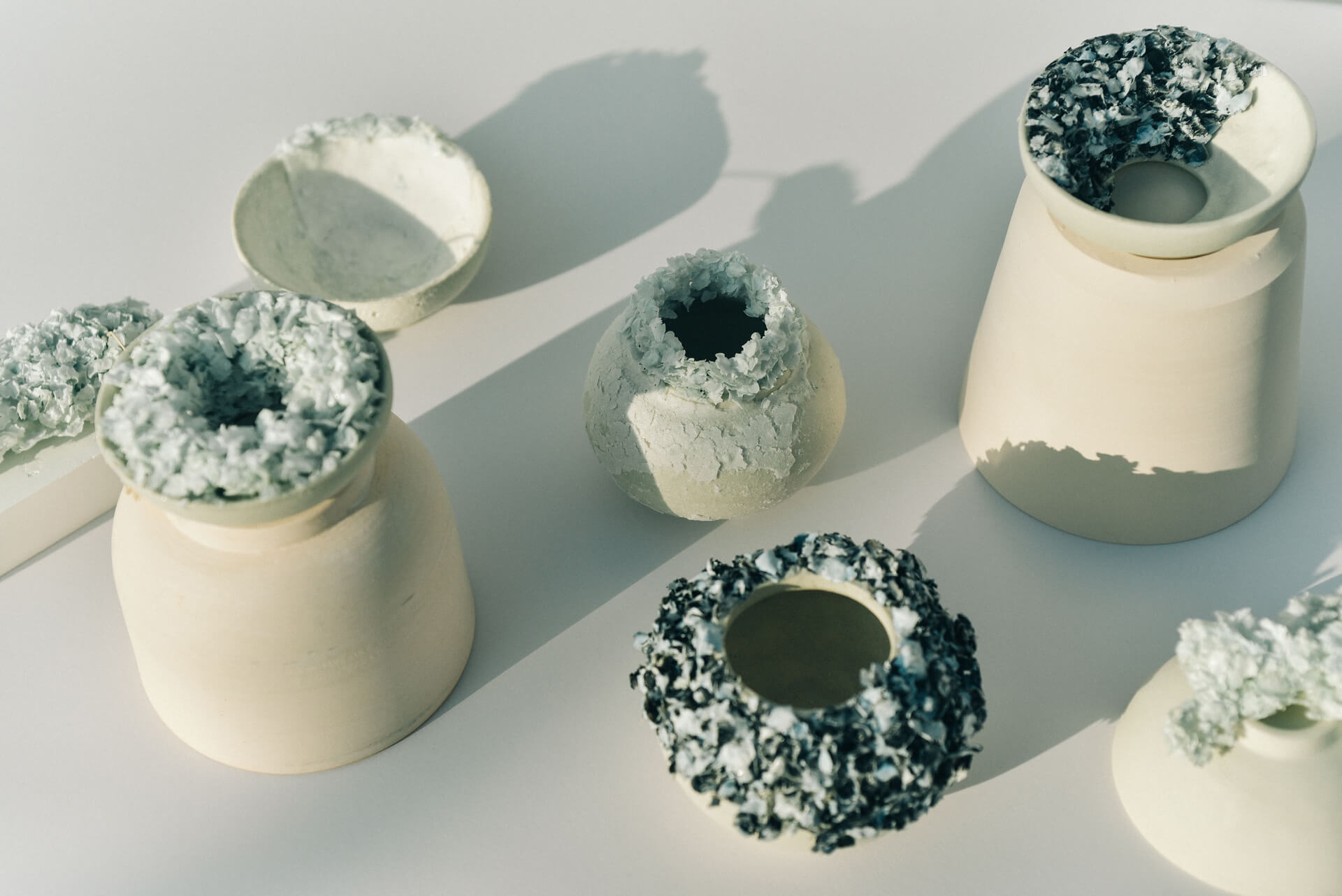
The cohort of unique contemporary design ventures includes a trio of mobile sculptures crafted by artist Lin Li Yu titled—The mobile of glitter wave/scale/piece, which accentuates the “alluring lustre and texture of fish scales.” Featuring geometric forms suspended from slim supports, the designs radiate a lightness and delicacy that few other materials can emulate, with naturalistic hints imparted by the non-uniform surface of the scales themselves. On the other hand, Peian Lin, another creative involved in this project, has crafted ceramic sculptures that evoke flower assemblies through dense assemblages of scales, making full use of their varied colours and textures.
Shifting the project's scope towards the culinary domain, Derick Yeh's contribution, dubbed Taste Memory, consists of an assortment of edible bite-sized creations made using fish scales and spices. The snacks have been packaged and presented in such a manner that they channel the shape and anatomical features of a fish. Further pushing the limits of this venture, artist Lee Tzu Ling utilised the fish scales to create Fish Coat—a raincoat that dissolves in the rain, which makes use of mineral powder used in the discipline of glue painting. Rounding off this international collaboration is a collection of brick-like sculptures by Lin Xi Yu, which blend fish scales and cement to create textured forms resembling fins.
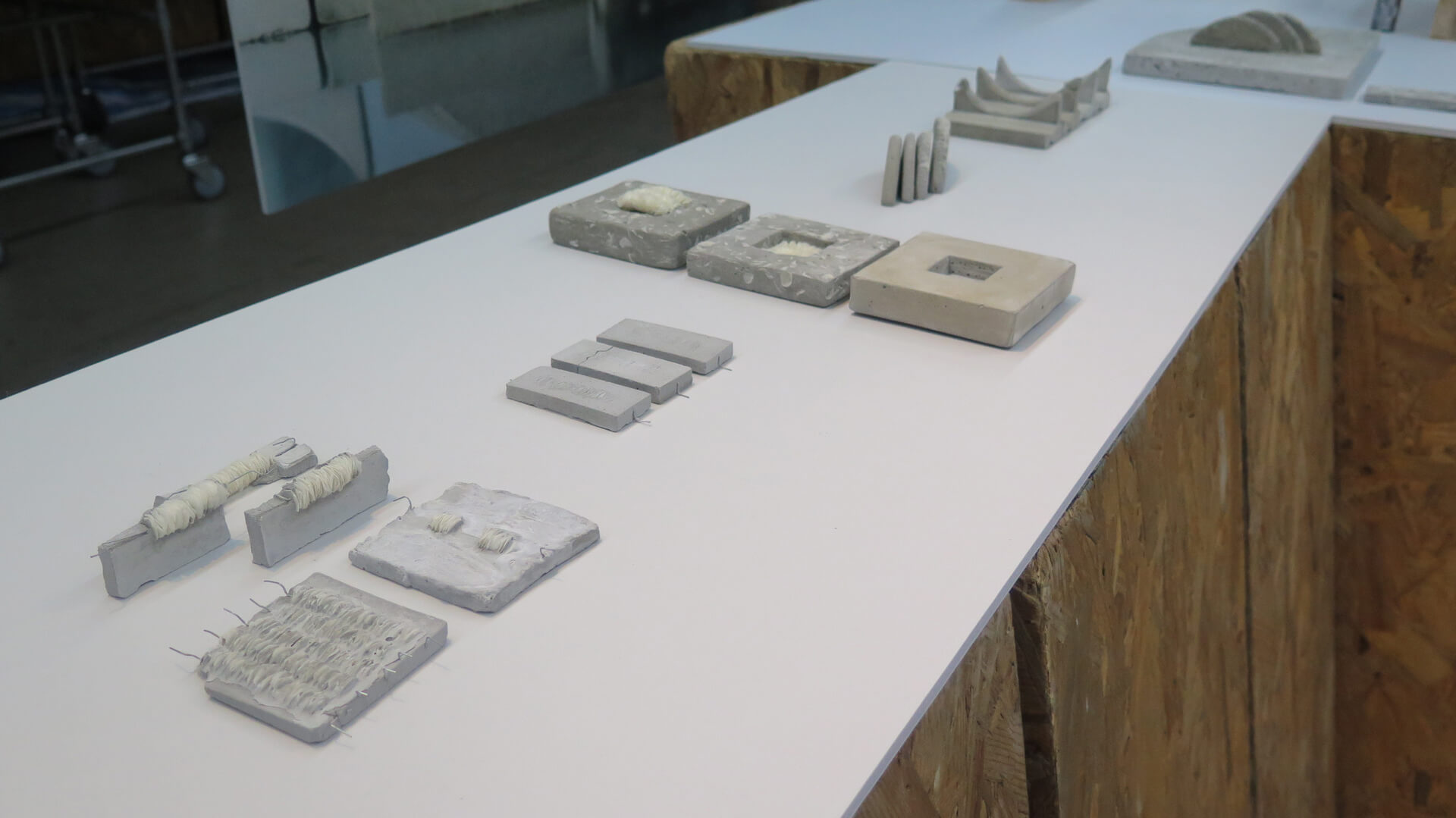
In essence, this inventive endeavour has proven the viability of fish scales as a bona fide alternative, for use in the arena of melding indigenous craftsmanship and contemporary design, depicting how traditions can be reinterpreted for the modern age. Although investigations into further applications of this material are still in their infancy stage, its success could possibly usher in an era of new approaches to sustainable mass production and design, one where diverse aspects of local culture can be comprehensively reflected by product designers from all over the world.






 Sign in with email
Sign in with email


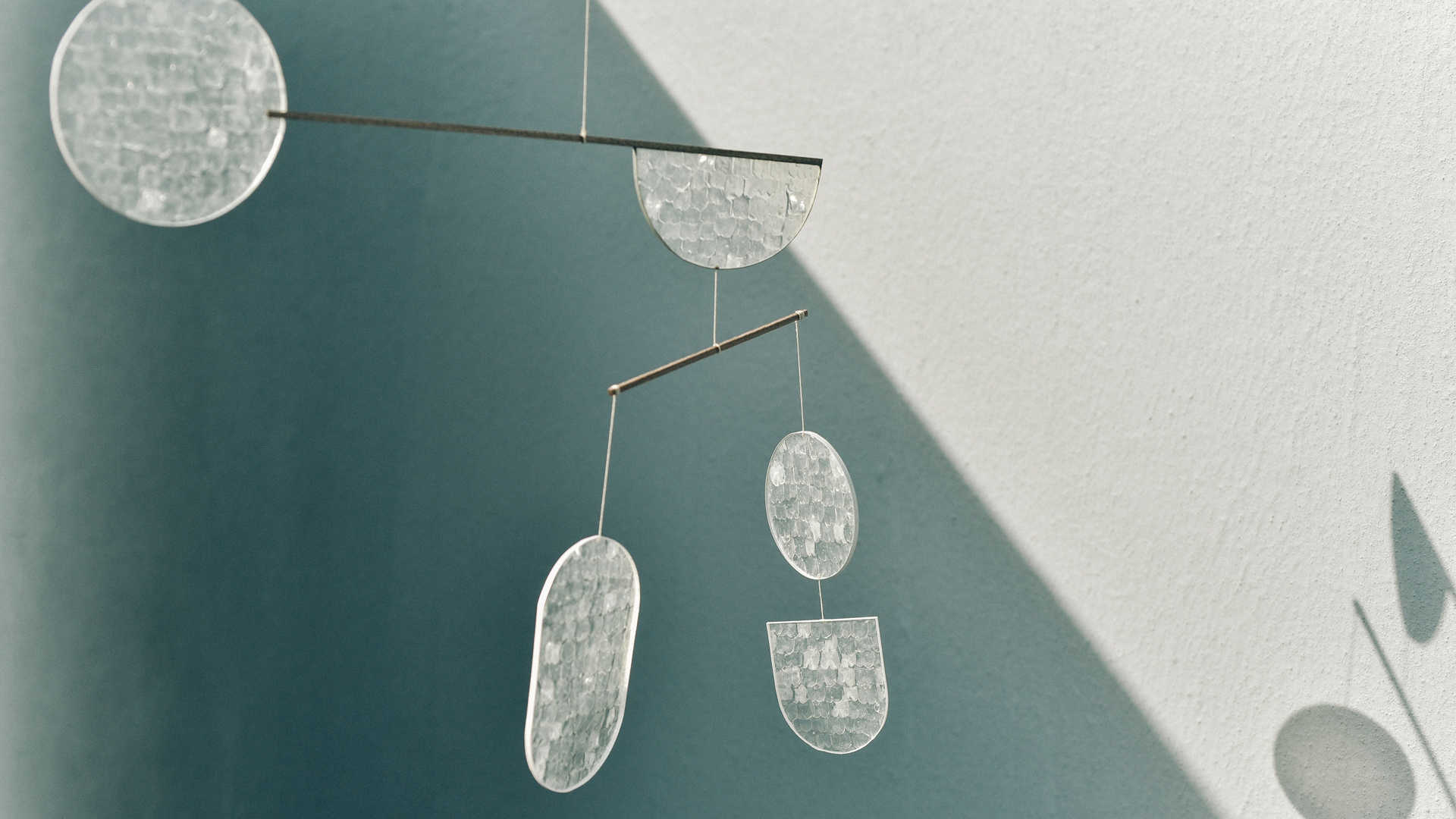
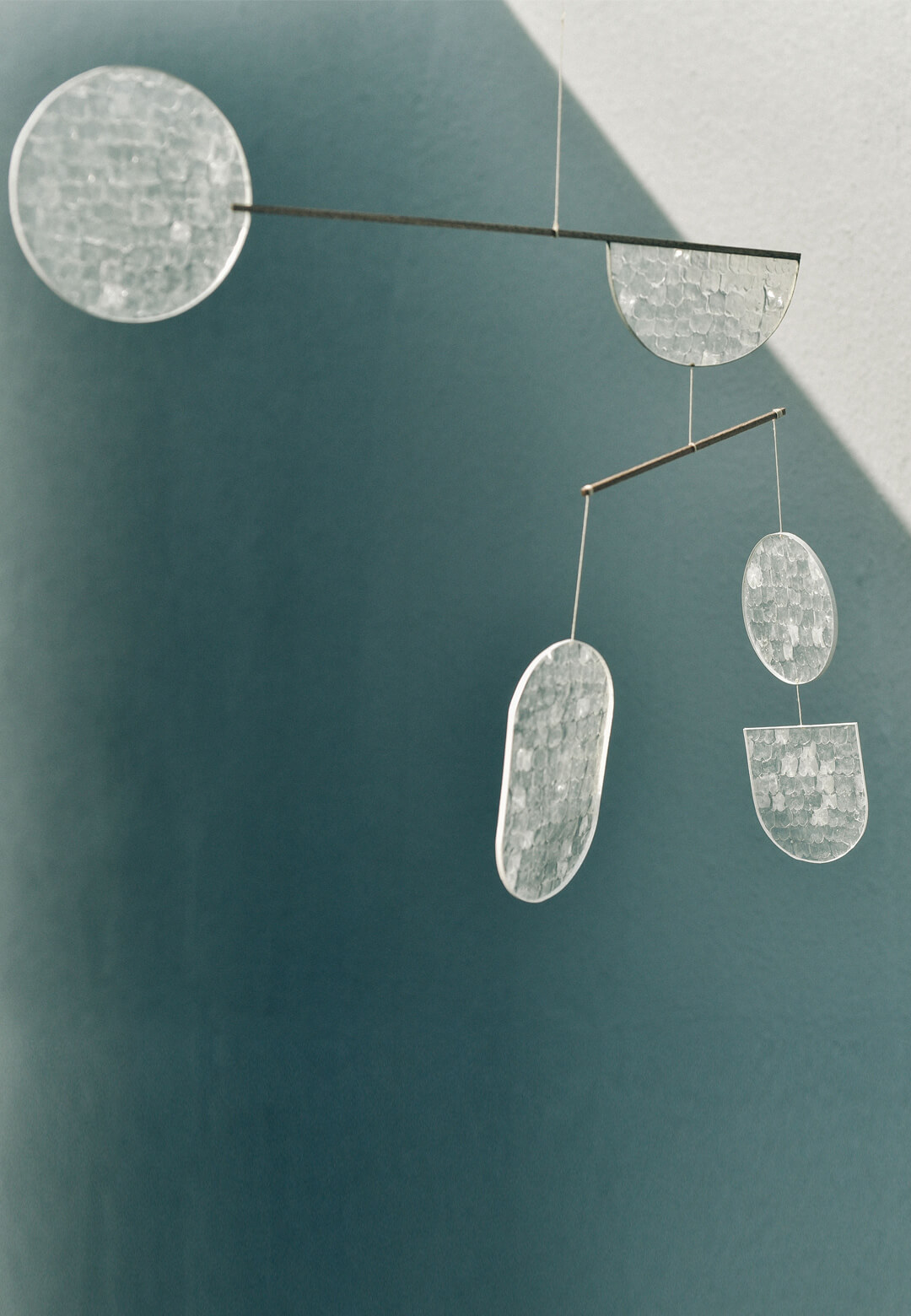
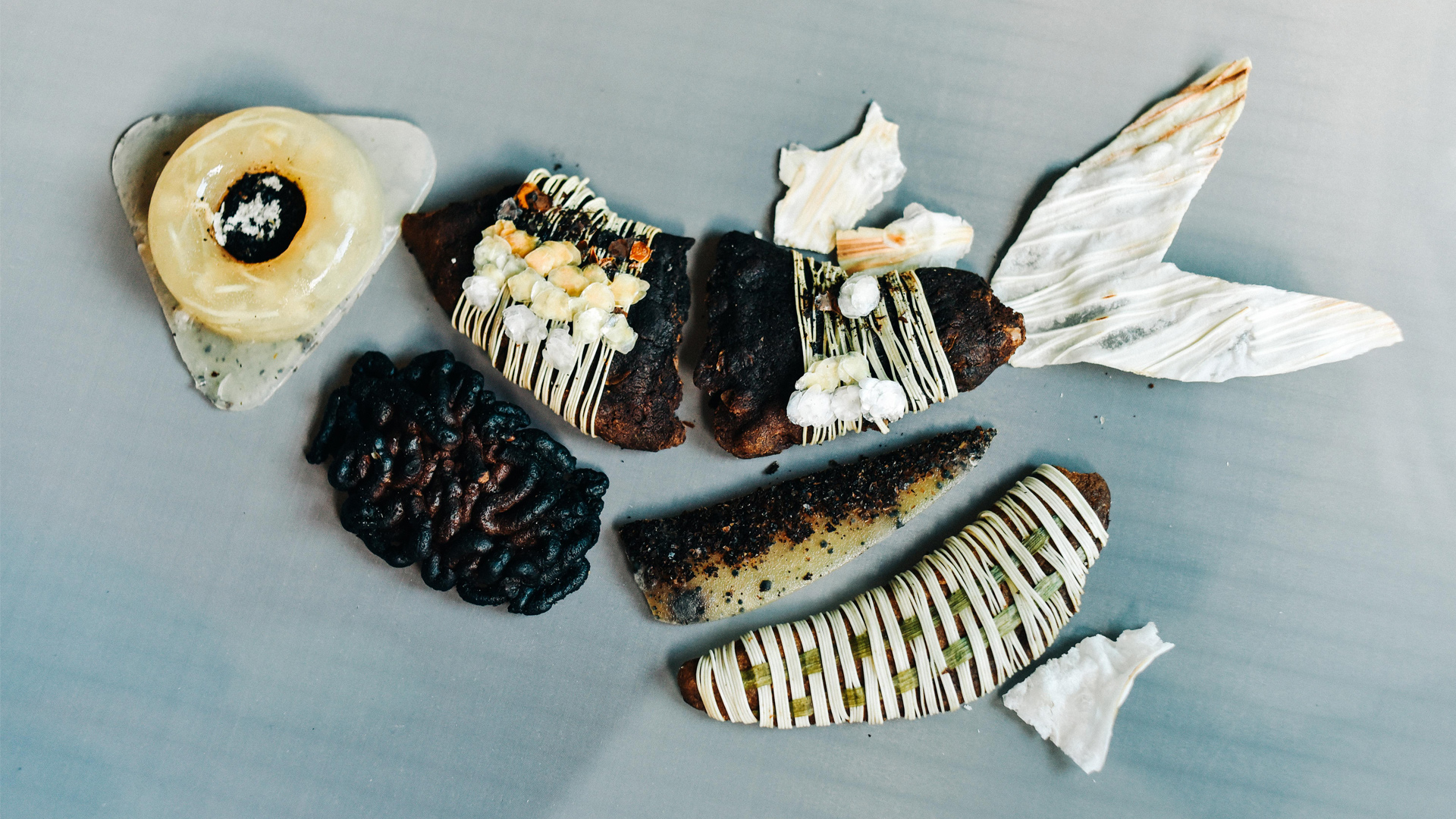
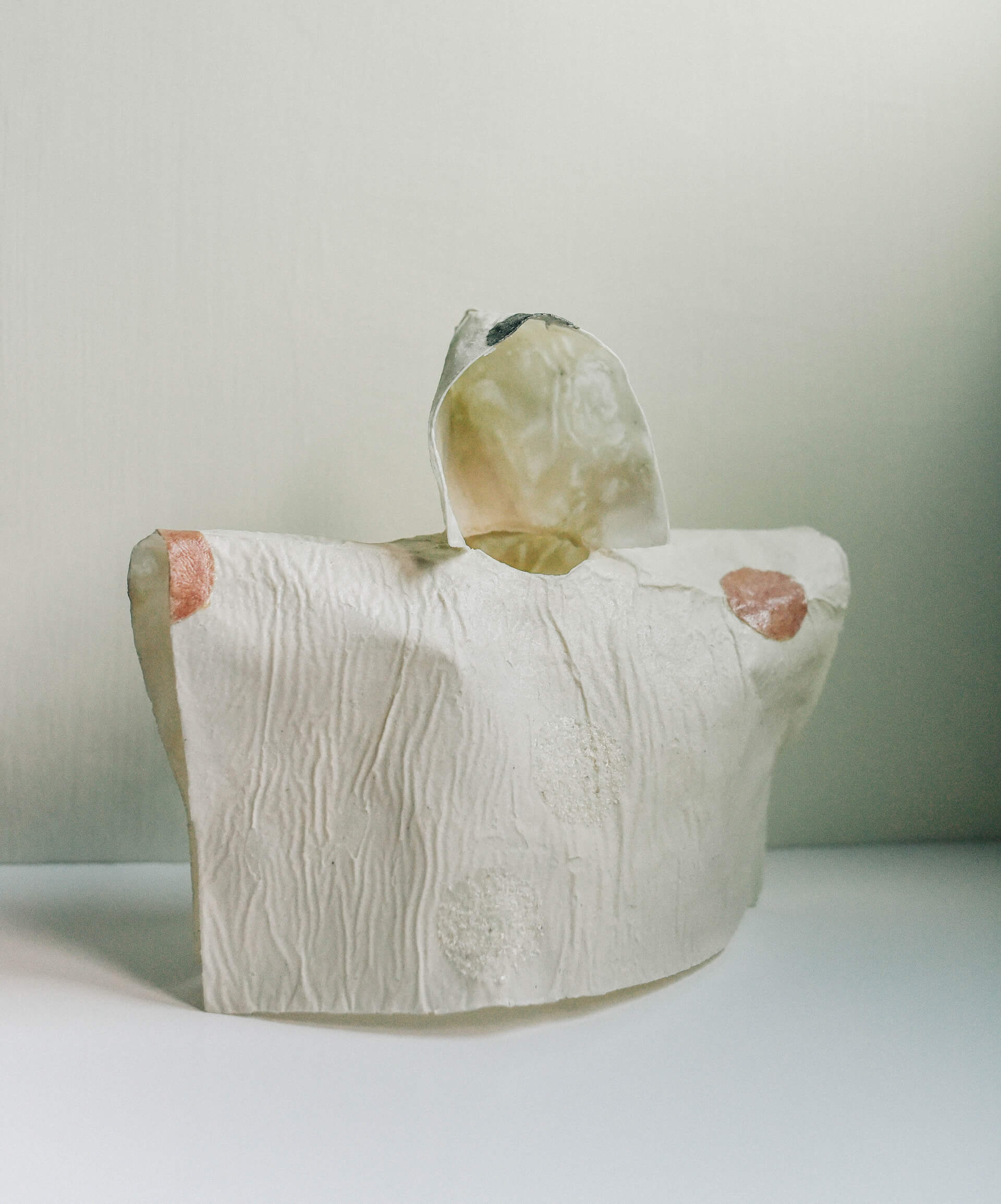
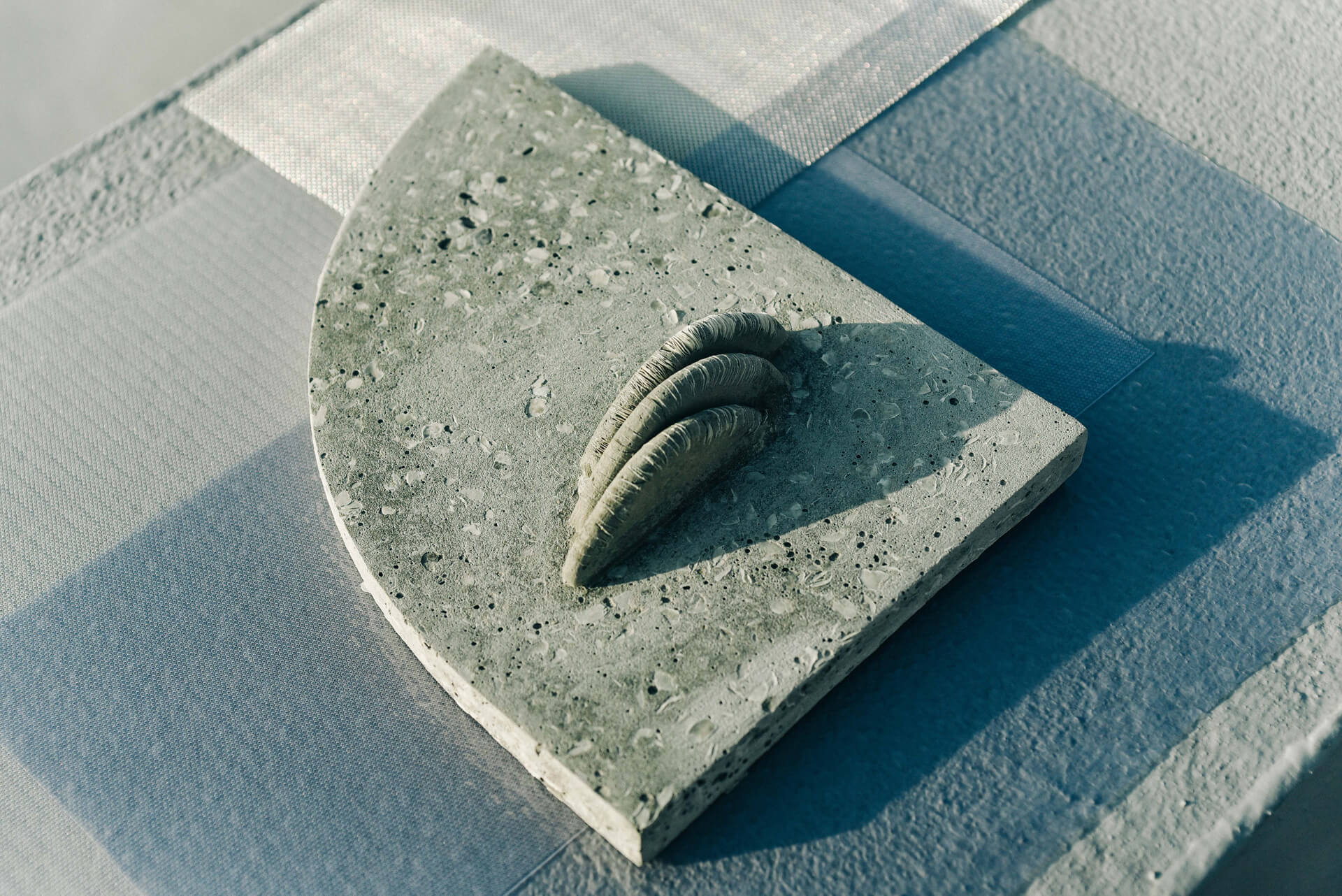
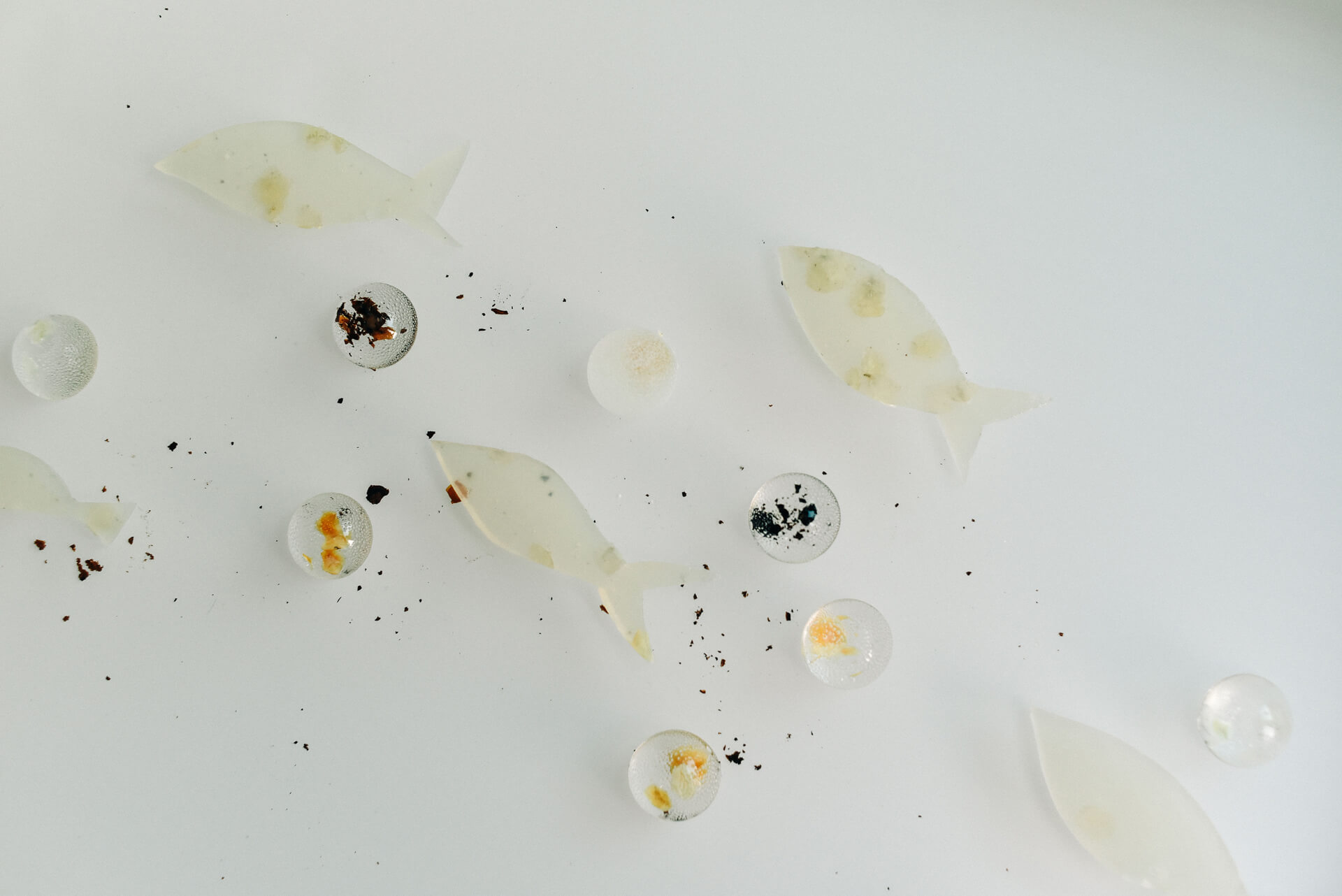






What do you think?